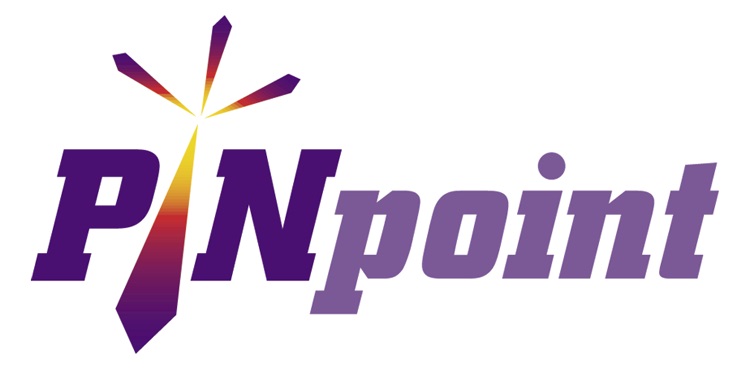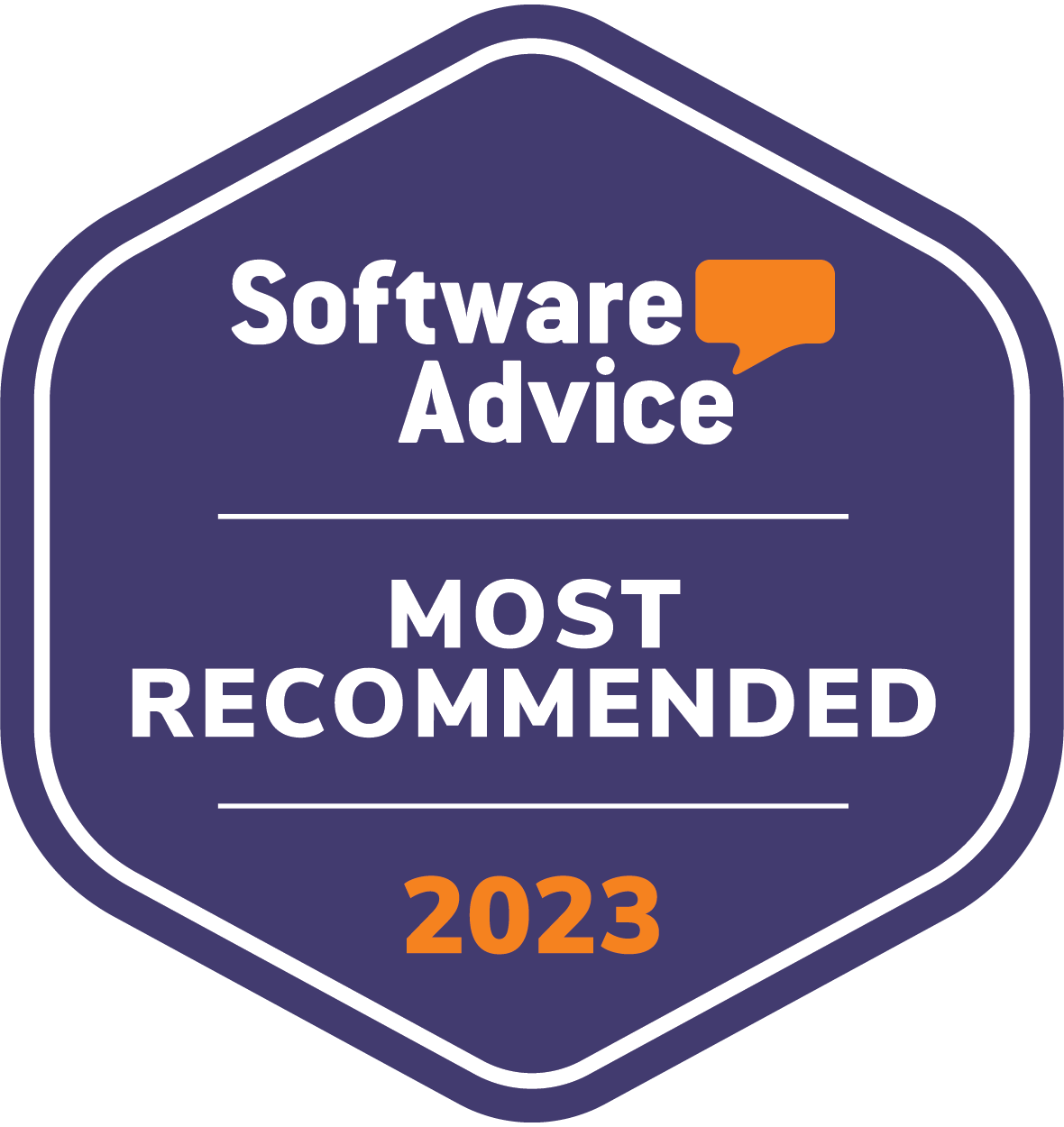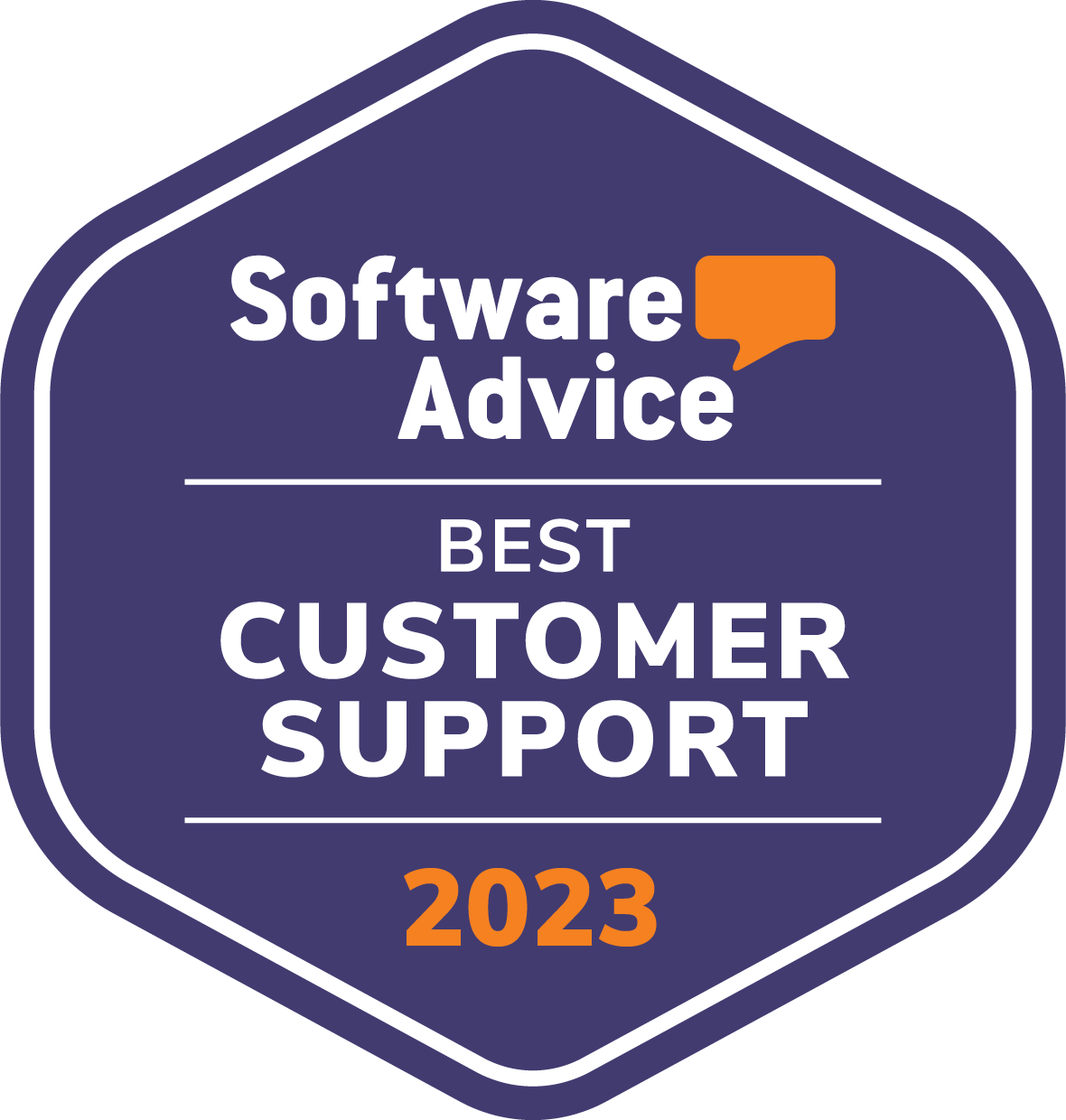Manufacturers are looking to adapt quickly while keeping focused on efficiency and cost-effectiveness. What many may not realize is that using multiple, affordable technologies can create the biggest long-term impact.
Specifically for this article, we’ll explore both PLM (product lifecycle management) and MES (manufacturing execution system).
PLM — an information strategy and an enterprise strategy
PLM software integrates data, processes, systems, and people in an extended enterprise. Hold it. That sounds like an ERP, which “manages, stores, and uses data to help complete numerous business activities.”
Here’s the difference: PLM, as its names implies, is focused on the product lifecycle: ideation → realization → utilization
With efficient and cost-effective product lifecycle management, a business can make unified decisions about a product based on information. So, its ability to consolidate multiple systems and build a coherent data structure makes it an “information strategy,” and its ability to learn from best practices and unite an entire organization makes it an “enterprise strategy.”
It’s easier to collect data than to do useful things with it, which brings us to the big question: Is PLM software ready for the future? The ongoing rush of Internet of Things (IoT) data requires management and insight. Cloud-based PLM is a natural progression, helping manufacturers bring IoT data into new product development.
MES — ready for the future now
For good reason, many PLM software solutions are in use today. What could an MES possibly add? Some manufacturers want to truly see and understand plant floor activity. An MES like PINpoint MES is a holistic solution, providing 360-degree visibility into production processes.
Best of all, high-end MES solutions like PINpoint MES can be matched to the right environment and seamlessly interfaced with PLM software.
Similar to an ERP system, this isn’t really an “either-or” decision. PINpoint MES complements the strengths of an existing PLM system. In fact, both MES and PLM software share a passion for creating and enforcing a repeatable process.
When it comes to Industry 4.0 solutions that unite workers and machines on the factory floor and throughout an organization, an MES solution is:
- Smart — it communicates with all the equipment you currently have
- Flexible — it aids digital transformation, leveraging your current technology
- Easy and Quick — installation in weeks, not years
Both PLM and MES play critical roles in the modern manufacturing landscape, and an MES solution like PINpoint MES stands out as the ideal fit for manufacturers striving to adapt swiftly while maintaining their focus on efficiency and cost-effectiveness. It’s the missing piece in the puzzle that provides manufacturers with the real-time, 360-degree visibility into their production processes. What sets PINpoint MES apart is its ability to seamlessly integrate with existing PLM systems, creating a harmonious synergy that empowers businesses to enforce repeatable processes and embrace the challenges of Industry 4.0. What’s more, PINpoint MES is incredibly smart, flexible, and quick to install, No-Code MES! In a world where technology is paramount to maintaining competitiveness, PINpoint MES is the key to keeping your manufacturing operations agile and future ready. When you’re ready to explore your options or experience the power of PINpoint MES firsthand, don’t hesitate to reach out to us . We’re here to help you navigate the evolving landscape of manufacturing technology and secure your place in the future of industry excellence.









